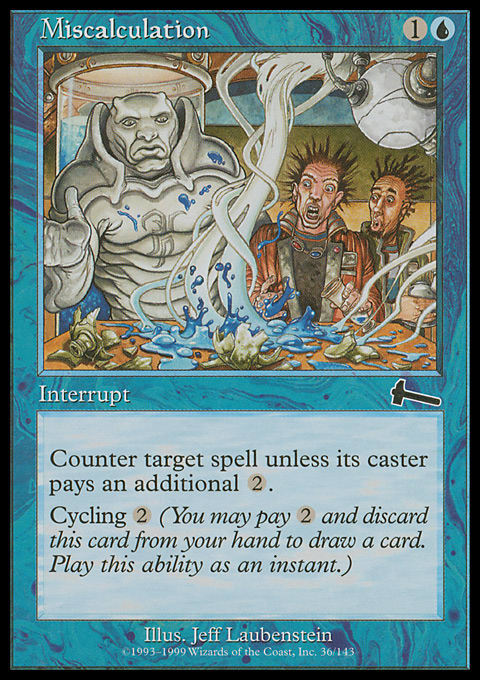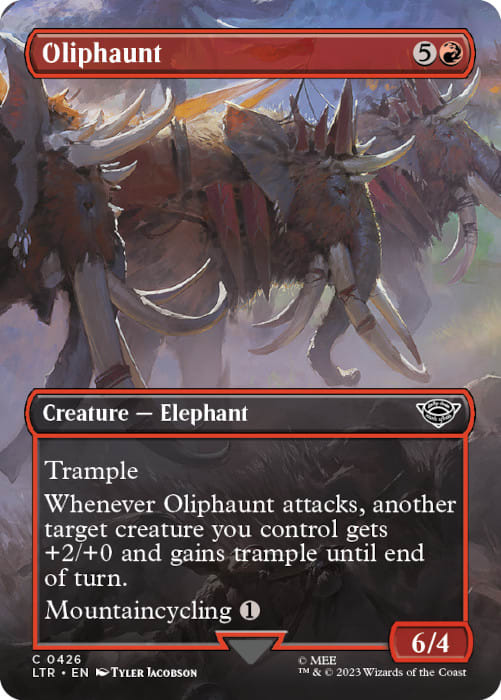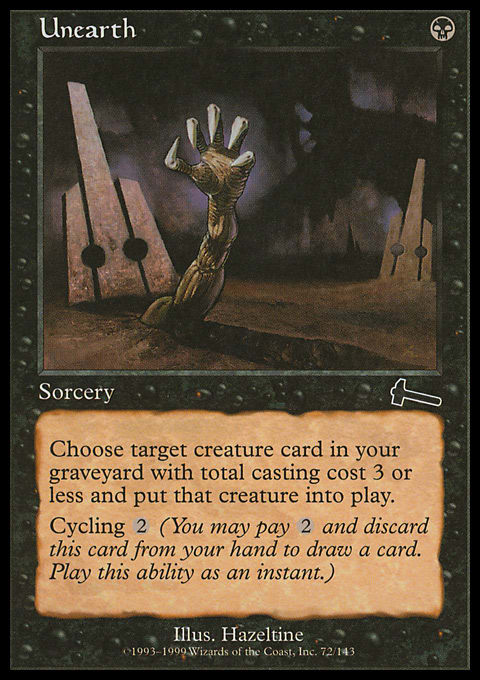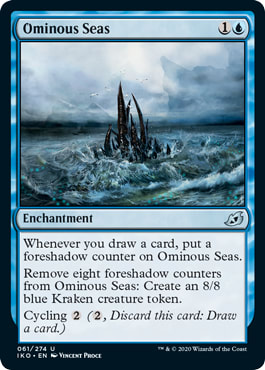
What is the Cycling Archetype?
Before we had Savai Triome we had cards like Scrap that gave you a situationally powerful effect combined with card draw when that effect wasn't needed. It wasn't until the printing of cards like Astral Slide and later cards like Archfiend of Ifnir that we finally got pay offs for one of Magic's most consistent engines. In a Cube, any number of cards with cycling can improve the overall play experience by increasing deck consistency. At its heart, the cycling cards are all about filtering, reducing deck clunkiness, and building toward specific synergies. It can fuel strategies like Aggro, Control, or Midrange, but can it stand on its own?
Key Components of the Cycling Archetype
- Cycling Cards - Some notable cycling cards in Cube include:
- Street Wraith: A free cycle for a card, great for enabling deck thinning and triggering graveyard synergies.
- Boon of the Wish-Giver: A solid cycling spell for card advantage at a reasonable cost.
- Canyon Slough: A land with cycling that gives the player access to both mana and the potential for deck filtering.
- Payoff Cards - To fully embrace cycling, you'll need cards that reward you for your frequent card cycling. These may not always be strictly cycling-based but often synergize with your need for card filtering or graveyard presence. Here are some classic payoffs:
- Valiant Rescuer and Flourishing Fox: Give you the ability to cycle when in your hand and function as top tier payoffs when in play.
- Lightning Rift and Drannith Stinger: Apply pressure to your opponent's life total at a very low cost.
- Graveyard Synergies - Last but not least cycling plays a really strong supporting roll in other graveyard strategies. Whether you are cycling a Troll of Khazad-dum then Reanimating it, or simply using it to fuel your dredge cards, the cycling keyword can be a potent effect in the right deck.
Pros & Cons of the Cycling Archetype
Pro: Consistency and Flexibility
One of the most significant advantages of the cycling archetype is the sheer consistency it provides. With the ability to cycle cards, players can filter out unneeded or redundant cards, making their draws more predictable. Whether you're trying to find an answer to an opponent's threat or searching for your win condition, cycling keeps your deck flowing smoothly and increases your chances of hitting key cards.
Cycling also offers flexibility. It's not a strategy that locks you into a specific game plan but rather one that adapts to different scenarios. If your early game looks weak, you can cycle toward a late-game threat. If your opponent presents a tricky board, cycling can help you dig for removal. This adaptability is invaluable, especially in a Cube environment where draft strategy can often be unpredictable.
Moreover, cycling enables you to be more aggressive with your card choices. If a card doesn't fit into your current deck strategy, cycling lets you discard it for something more useful. This can keep your deck lean and focused on your primary game plan.
Con: Low Impact and Linear
While cycling provides excellent card filtering and card advantage, it can also struggle when it comes to developing a meaningful board presence. Many cycling cards are low-cost, low-impact creatures or spells, which can lead to situations where your deck is full of cards that are great for digging but lack immediate influence on the battlefield. This can be particularly problematic in aggressive Cube environments, where establishing an early board presence is critical.
Beyond this, the payoff cards are linear and often don't support other archetypes in your Cube. In fact, that is the reason why I ranked it's synergy as a 5/10. Cards with cycling can generally be played in any deck in your Cube, while cards that care about cycling can't be played in any other deck. Recent card designs like The Locust God and Hollow One have improved upon this by caring about generic card draw and discarding in addition to cycling, but the problem still remains.
Conclusion
The cycling archetype is an exciting and versatile strategy in a Cube environment, but ultimately a limiting one. You will find that your payoffs will go undrafted and consistently wheel, while the stronger cycling cards will get gobbled up by other decks simply trying to smooth out their draws. Ultimately, I would caution designers away from building a dedicated cycling archetype into their Cube unless they also support a discard archetype, and an archetype that cares about drawing more than one card per turn. The best solution is to simply include your favorite cards with cycling and allow all your players to access the unparalleled card filtering and choice. That being said, with the release of Aetherdrift it is clear that Wizards of the Coast is interested in continuing to improve upon the cycling payoffs. Compare Flourishing Fox to the newly released Marauding Mako, which improves upon the design by also allowing it to grow more powerful from effects like Faithless Looting. Keep an eye on this archetype; though I feel it falls short at the moment, we are only a few cards away from becoming a stand out Cube archetype. For those of you who just want to jam a bunch of cycling cards into your Cube, take a look at these nine cards and cycles that many of them belong to. Even without a dedicated cycling archetype they are worth considering for most Cubes.
Adam's Allstars































